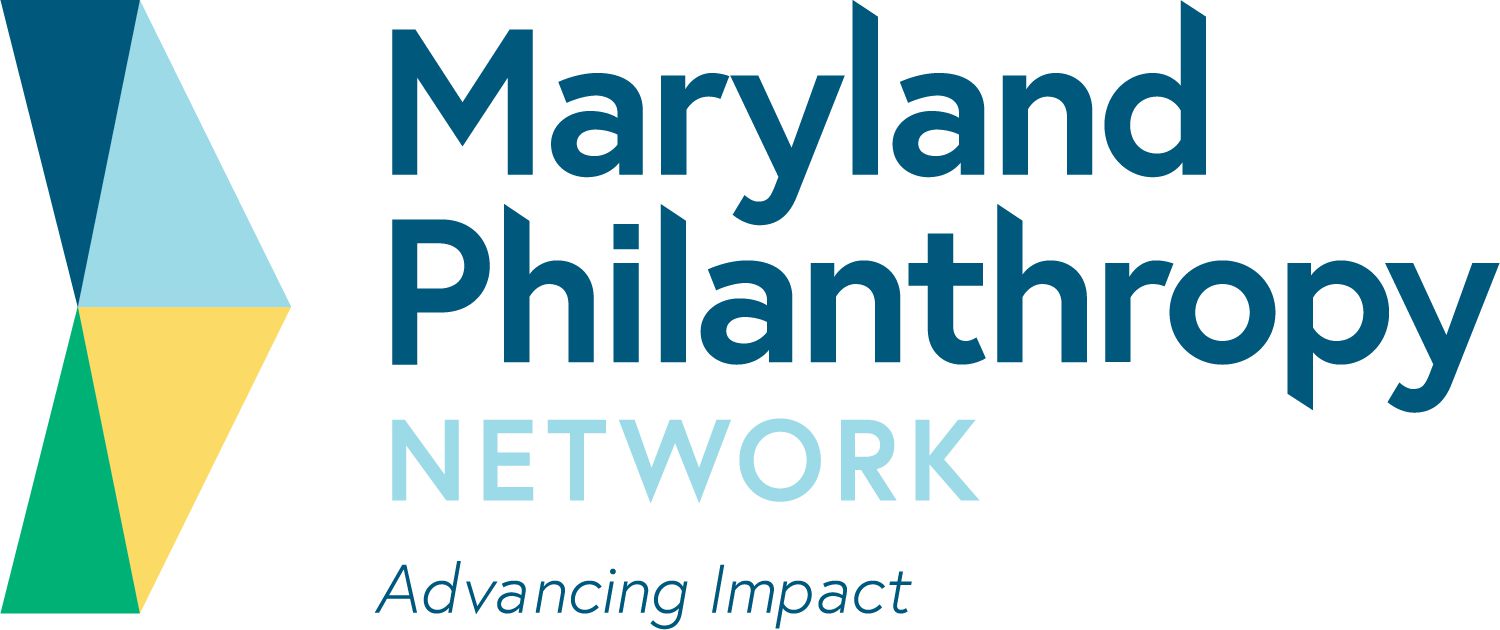This meeting has been canceled. The next Prenatal-to-Five Affinity Group Meeting will be on Tuesday, November 7, from 12:00 to 1:30 pm. We apologize for any inconvenience.
The Prenatal-to-Five (PN-5) Affinity Group was created to help funders who are interested in supporting expectant parents, and children from birth through age five and their families improve their grantmaking by learning more about initiatives, educational research, and best practices. More details about the agenda and speakers will be available soon!
Maryland Philanthropy Network members interested in attending for the first time are encouraged to reach out to Marlo Nash prior to attending a meeting.

